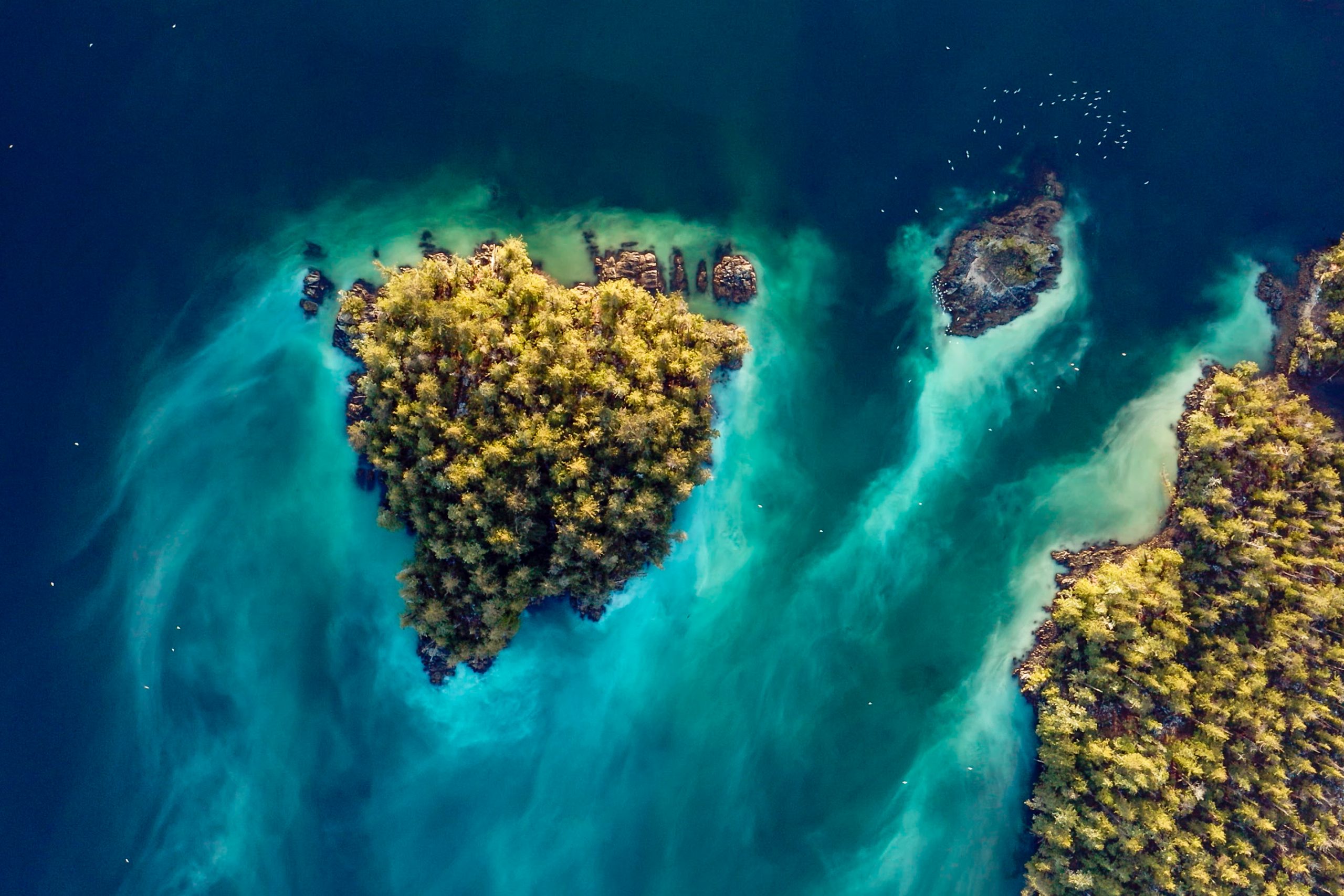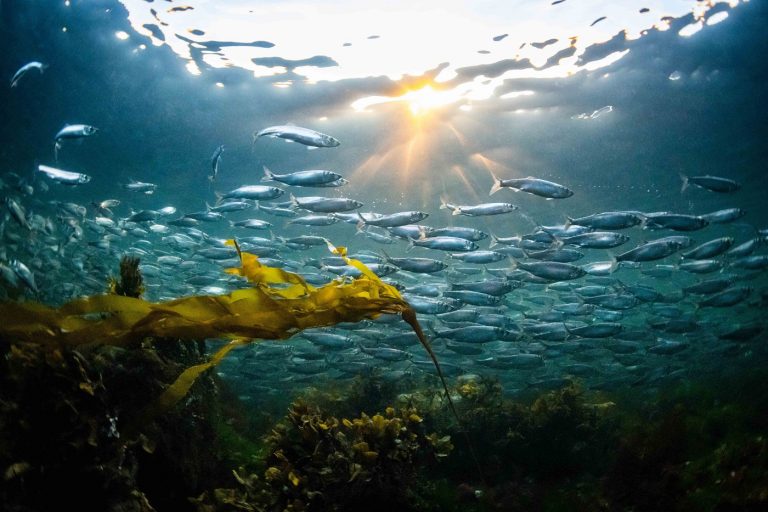Benefits of a Marine Protected Area Network

Protecting ecosystems has always been a primary objective for Central Coast Nations. We are taught that if we take care of the land and waters, they will take care of us.
That is why the Heiltsuk, Kitasoo Xai’xais, Nuxalk and Wuikinuxv Nations entered into a partnership with 14 other First Nations, along with the governments of BC and Canada, to design and implement a Marine Protected Area network that will stretch from Campbell River to Alaska. If realized, this network will benefit marine ecosystems and uplift our cultures.

What is a Marine Protected Area?
A Marine Protected Area (MPA) network is a set of delineated geographical areas where commercial and recreational fishing, and marine forestry are limited or restricted. MPA networks can help to reverse ecological decline and rebuild the marine ecosystems and species that our Nations’ coastal economies depend on.
There are more than 400 MPAs in 65+ countries and territories across the globe, including temperate coast countries, such as New Zealand, South Africa, Australia and the United States, where MPA networks have been established for decades. However, there are no fully protected MPAs in BC, despite the evidence that these areas can rebuild resources and create healthy ecosystems.
Some principles of the MPA network for Canada’s Northern Shelf Bioregion are:
- Conservation: if we don’t stop species decline, there won’t be anything to manage;
- Food security is essential for communities who depend on these resources for community health, culture, and wellbeing;
- Long-term sustainable access for commercial and recreational fishing service providers—including Indigenous and non-Indigenous licence holders—to create good, stable jobs;
- Long-term sustainable access for recreational fishers, who will be able to share in the abundance that the MPA Network helps to rebuild.

What are the benefits of MPA Networks?
- A modern implementation of our values: Our traditional laws oblige us to steward our territories by engaging in respectful and reciprocal relationships with other species. A MPA Network is a form of spatial protection, which our Nations have been using for generations through our hereditary lineages to steward particular marine areas in our territories.
- Economic opportunities: MPA networks support long-term stability of fisheries by helping to rebuild and maintain abundant fish populations, which may lead to greater economic opportunities for the coast. In addition, global economic analysis suggests that for many fisheries, fishers will not necessarily lose income in the short term after implementation of MPANs, and are likely to benefit in income in the medium-long term.
- Increased populations and biodiversity: MPA Networks increase biomass and species diversity in their areas, which helps to repopulate areas further away and allows ecologically-important species to return to healthy levels.
- Mitigation against impacts of climate change: Protecting biodiversity helps maintain complex food webs with larger, stronger, healthier populations of individual species and habitats that are more resilient to changes in climate, including ocean warming. This is because MPA Networks support larger and more fertile fish and other species which are more resilient to impacts than smaller or weaker populations outside the network. These healthier populations in the network can rebound more readily, helping to build fish populations outside of the network areas, too.

Conventional fisheries management has focused on maximizing yields for individual commercial species. In contrast, our traditional stewardship principles focus on ensuring that the whole ecosystem is considered. By embodying our traditional principles, the MPA Network would fill large gaps in conservation, support fisheries management for the long term, and strengthen communities across the coast now and in the future.

An Integrated Approach
A MPA Network in the bioregion is just one pillar of an integrated ecosystem-based management approach that supports long-term cultural health and economic opportunities in coastal communities. Other pillars include:
- Our Nations’ comprehensive, integrated Marine Use Plans that provide guidance for all marine activities in our territories.
- Planning for responsible shipping practices and enhanced marine safety.
- Our Nations’ Fisheries Resources Reconciliation Agreement (FRRA) with Canada that includes: funding for access to commercial fishing opportunities for our Nations, development of community-based fisheries model that will provide jobs in commercial fisheries for our people, and the collaborative fisheries management processes of our Nations with DFO. You can find out more about how these pillars work together here.







